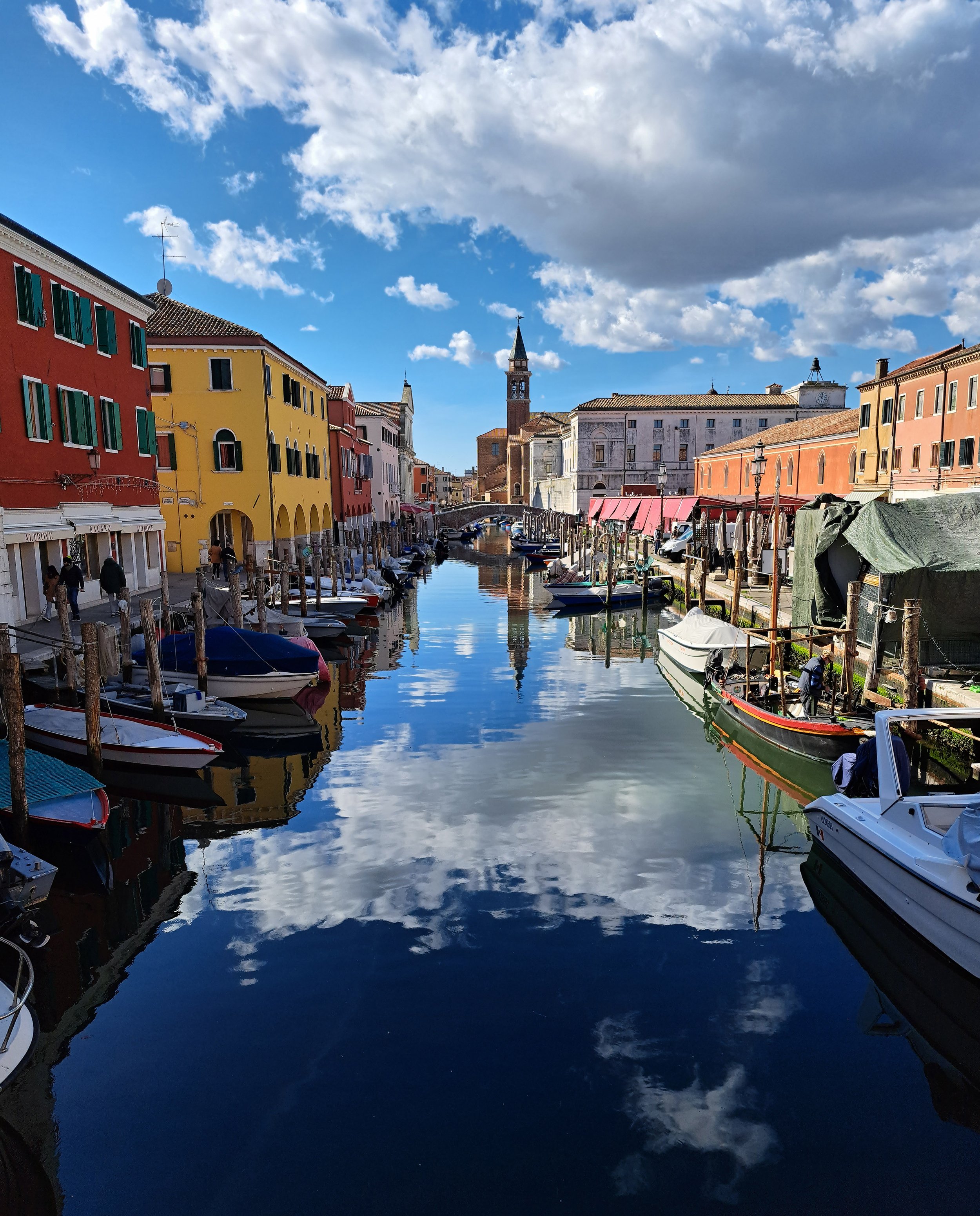Spring in Budapest: A Photographer’s Paradise
/As winter recedes and the first blossoms of spring color the streets, Budapest transforms into a city of unparalleled charm. The Hungarian capital—a city of bridges, history, and culture—emerges in spring with a renewed vitality, offering a feast for the eyes and the camera lens. For photographers, there’s no better time to explore its hidden treasures, iconic landmarks, and vibrant streets.
Why Spring in Budapest is Truly Special
Spring breathes life into Budapest in a way that’s hard to describe but impossible to miss. The parks come alive with flowers, the Danube sparkles under golden sunlight, and the air carries the scents of blooming trees and freshly baked pastries. Margaret Island becomes a sanctuary of cherry blossoms and tulips, perfect for capturing soft, pastel-toned compositions. Meanwhile, the grandeur of Heroes’ Square and the intricate architecture of Parliament stand in striking contrast to the city’s natural beauty.
The mornings are crisp but gentle, providing ideal lighting conditions for photographers who love playing with soft shadows and cool tones. As the day warms up, the city’s golden hour takes on a dreamy quality, painting the streets in hues of amber and rose.
The Photographer’s Perspective: What to Capture
Budapest’s visual appeal is as diverse as it is captivating. Here are just a few ideas for your springtime photography:
Margaret Island: This peaceful island in the middle of the Danube is awash with colors in spring. Its cherry blossoms, fountains, and manicured gardens make it a haven for landscape and nature photographers.
Városliget (City Park): The park’s lake reflects the surrounding trees and Vajdahunyad Castle, creating compositions that seem almost magical.
The Jewish Quarter: Bursting with life, this area offers dynamic street scenes, murals, and a vibrant blend of old and new architecture.
Thermal Baths: Iconic baths like Széchenyi or Gellért are surrounded by blooming gardens in spring, offering unique photo opportunities that blend relaxation and beauty.
Fisherman’s Bastion: Perched above the city, this fairytale-like structure offers breathtaking views of Pest, especially at sunrise or sunset.
A Private Photography Experience: Tailored Just for You
Exploring Budapest with a camera is an unforgettable experience, but it becomes even more special with personalized guidance. That’s why I offer private photography workshops, designed to suit your interests and skill level. These one-to-one sessions are not just about taking photos—they’re about connecting with the city on a deeper level.
Whether you’re passionate about street photography, portraiture, or architectural compositions, my workshops are fully tailored to your goals. We’ll work together to find the perfect locations, refine your techniques, and capture the essence of Budapest. I’ll share tips on composition, lighting, and storytelling to help you elevate your photography, no matter your starting point.
The Magic of Private Workshops
What sets my workshops apart is their exclusivity and flexibility. There’s no group to keep pace with, no pre-set itinerary to follow. Every session is adapted to your preferences and style, whether you’re looking to explore the grand boulevards or uncover the quieter, lesser-known corners of the city. Budapest is your canvas, and we’ll paint it together with light and creativity.
The workshops are also an opportunity to dive into the rich stories that make Budapest unique. From its historic thermal baths to its ruin pubs, every location has a narrative waiting to be told through your lens.
Why Choose Spring for Your Workshop?
Spring isn’t just a season; it’s an invitation. The mild temperatures and longer days give us the perfect window to explore at a leisurely pace. The city is alive but not yet overwhelmed by summer crowds, allowing us to experience its soul more intimately.
There’s something poetic about springtime in Budapest—the way the sunlight filters through the arches of Chain Bridge, the reflections on the Danube, and the lively markets filled with fresh produce and local crafts. These moments are fleeting, but through photography, we can preserve them forever.
Let’s Capture Budapest Together
Photography is about more than just images; it’s about connection—to the world, to the subject, and to ourselves. My workshops are designed to offer a holistic experience where you can grow your skills, discover new perspectives, and immerse yourself in one of Europe’s most enchanting cities.
Whether you’re an experienced photographer or picking up a camera for the first time, I’ll ensure the experience is enriching, enjoyable, and tailored to you. Let’s explore Budapest this spring, capturing not just pictures but memories and stories that will last a lifetime.
Click here to learn more about my private photography workshops and book your session today. Spring is calling—let’s answer it with a camera in hand!







































